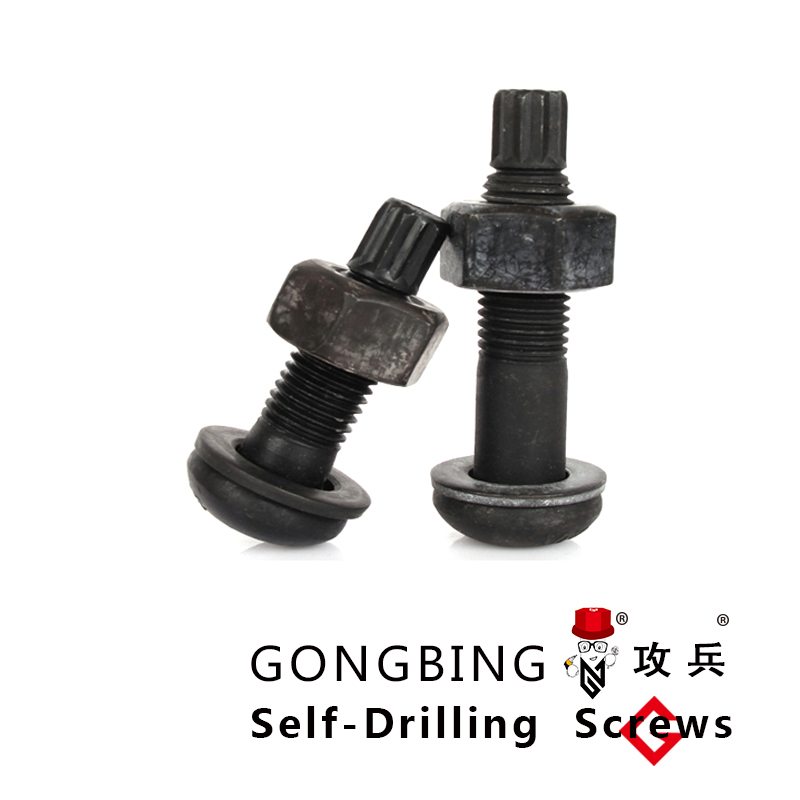hexagonal head bolts
Understanding Hexagonal Head Bolts A Comprehensive Overview
Hexagonal head bolts are essential components in various engineering and construction applications due to their reliable performance and versatility. Defined by their hexagonal, six-sided heads, these fasteners offer several advantages that make them a preferred choice among engineers and builders alike.
One of the primary benefits of hexagonal head bolts is their ease of use. The six-sided shape allows for a secure grip with a wrench or socket, enabling users to apply significant torque without slipping. This feature is particularly beneficial in high-stress applications where the integrity of the connection is crucial. Additionally, the design helps distribute force evenly, reducing the risk of material fatigue over time.
Hexagonal head bolts come in a variety of materials, including steel, stainless steel, and titanium, allowing them to be tailored to specific environmental conditions and load requirements. For example, stainless steel bolts are ideal for applications in corrosive environments, such as marine or chemical settings, due to their resistance to rust and corrosion. Conversely, carbon steel bolts are often used in construction for their strength and cost-effectiveness.
hexagonal head bolts

The dimensions of hexagonal head bolts are standardized in various systems, such as the Unified Thread Standard (UTS) and the Metric System. This standardization facilitates compatibility across different manufacturers, ensuring that a bolt from one source can fit the nut or socket from another without issue. Additionally, hexagonal bolts are available in various lengths and diameters, enabling users to select the appropriate size for their specific application.
Installation of hexagonal head bolts is straightforward; however, it requires attention to detail to ensure proper torque settings are achieved. Over-tightening can lead to bolt failure or damage to the connected materials, while under-tightening can result in looseness and structural compromise. It’s vital for engineers and technicians to refer to torque specifications provided by manufacturers or industry standards when installing these fasteners.
Moreover, hexagonal head bolts can be paired with various nuts and washers, enhancing their overall effectiveness. Washers, for instance, can aid in load distribution and reduce the risk of damage to the surfaces being connected, while specific nuts, such as lock nuts, can prevent loosening due to vibration.
In conclusion, hexagonal head bolts are a crucial element in the world of engineering, providing strength, versatility, and reliability. Their design and compatibility with various materials and systems make them indispensable in countless applications. As technology continues to advance, the demand for these fasteners will likely grow, solidifying their place as a fundamental component in construction and machinery.
-
Weatherproof Plastic Expansion Anchors for OutdoorNewsJun.06,2025
-
Sustainability in the Supply Chain: Eco-Friendly TEK Screws ProductionNewsJun.06,2025
-
Load-Bearing Capacity of External Insulation FixingsNewsJun.06,2025
-
Double Head Bolts: Enhancing Efficiency in Industrial MachineryNewsJun.06,2025
-
Corrosion Resistance in Chipboard Screws: Coatings for Wholesale DurabilityNewsJun.06,2025
-
Butterfly Toggle Bolts : Enhancing Structural ResilienceNewsJun.06,2025
